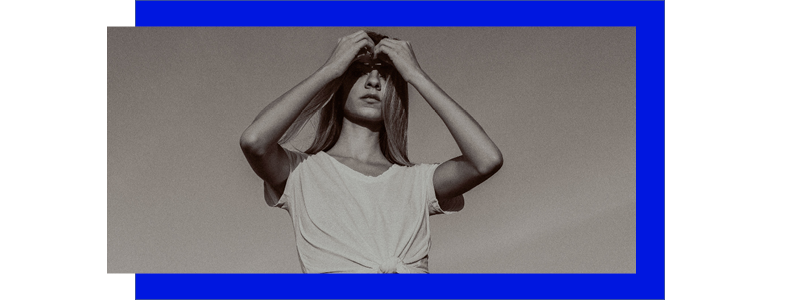Luxury consumer behavior is changing, and fashion brands must change as well. A Vogue Business poll of luxury Chinese consumers in March showed that mono-brand e-commerce platforms were picked up as a primary shopping channel during the post-pandemic crisis.
Cover photo: © Pexels
Digitalization in fashion
However, a McKinsey consumer sentiment survey stated that e-commerce is clearly not yet offsetting the sales declines in stores. But let’s take a look on the bright side: during the shutdown of stores for months, the pandemic has been clearly the accelerator of the digital divide.
Therefore, artificial intelligence plays a critical role also in sustainability. By predicting inventory to create a more resilient supply chain, pandemic presents an opportunity for the reconceptualization of business strategies.
For many years, fashion weeks were a meeting point of fashion buyers, market designer brands, and many other people in the industry. But gathering hundreds of people in one international location during the global coronavirus crisis will hardly be possible to be done in the nearest months.
Tech transformation
Different local designers and even fashion conglomerates started to team up with IT companies to admit tech transformation. In early June, The British Fashion Council was the first one to announce and adopt an online format for its menswear fashion week followed by Fédération de la Haute Couture et de la Mode with its online couture fashion week.
So, what kind of companies navigate behind the scenes? It was Microsoft that teamed up with Accenture to develop and deliver a digital platform to support Camera Nazionale Della Moda Italiana’s (CNMI) digital Milan Digital Fashion Week which went live in the middle of July to broadcast Milano Fashion Week around the world.
Social media is also playing a critical role with the possibility to go live for broadcasting and releasing new collections. A few months earlier, Instagram allowed live to be available on its desktop version, and now it has clearly become the next generation department store with sales, in-store events, and tutorials.
Some examples
Gucci dedicated some posts on Instagram to different public health messages, at the same time other luxury brands have offered IG TV seminars, live talks, and interviews with celebrities, cooking, and fitness lessons.
Let’s take a closer look at how different fashion brands have overcome the pandemic.
Jacquemus
French fashion designer Simon Porte Jacquemus started a new campaign called #JacquemusAtHome, where users had to recreate the brand’s asymmetric heels using products found at home.
https://www.instagram.com/p/B-hfMSUKxhu/?igshid=4xzsgf2u0ekw
Balmain
Balmain launched #BalmainEnsemble, where users could share inspirational posts with friends and artists associated with the brand.
https://www.instagram.com/p/CCd9AF1oWWf/?igshid=1jovuvx2s2415
Prada
Prada launched Possible Conversations: the luxury brand’s series of Instagram live interviews and discussions. The topics were mainly dedicated to fashion at the time of a crisis.
https://www.instagram.com/p/B-7U2-Lobay/?utm_source=ig_embed
Bottega Veneta
Bottega Veneta is possibly the most active on social media accounts during the pandemic. The fashion label used not only their official website to showcase, but also Apple Music.
https://www.instagram.com/p/B55XttTIfKU/?utm_source=ig_embed
Also read: What the after-pandemic era means for the fashion industry










